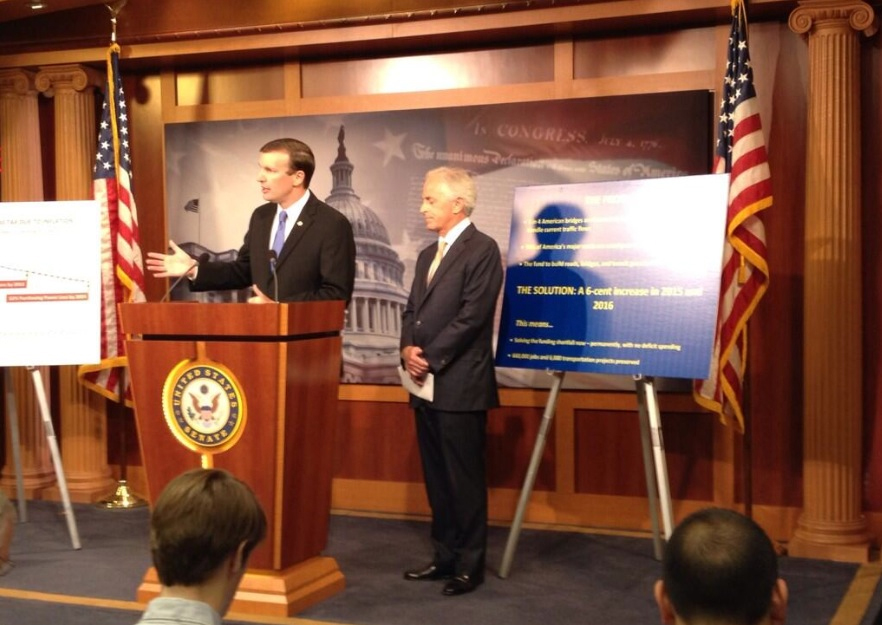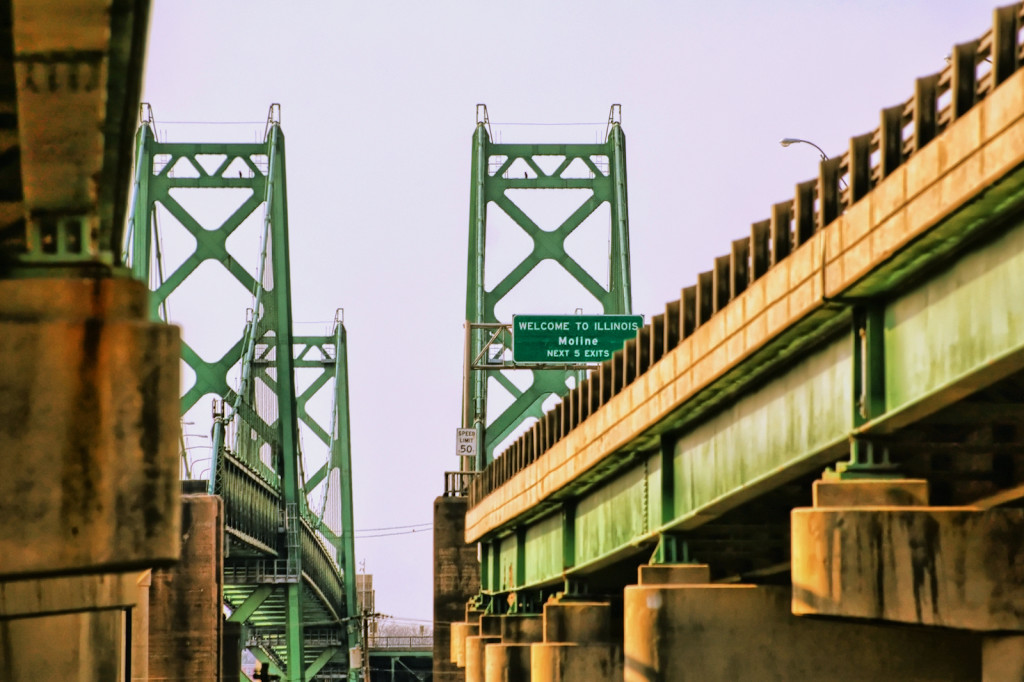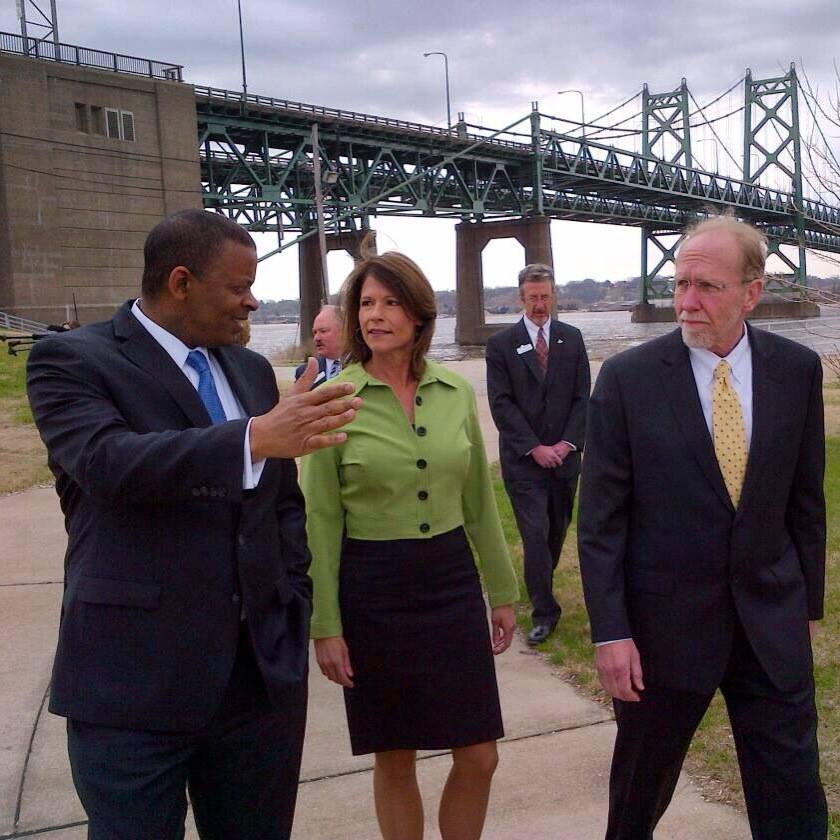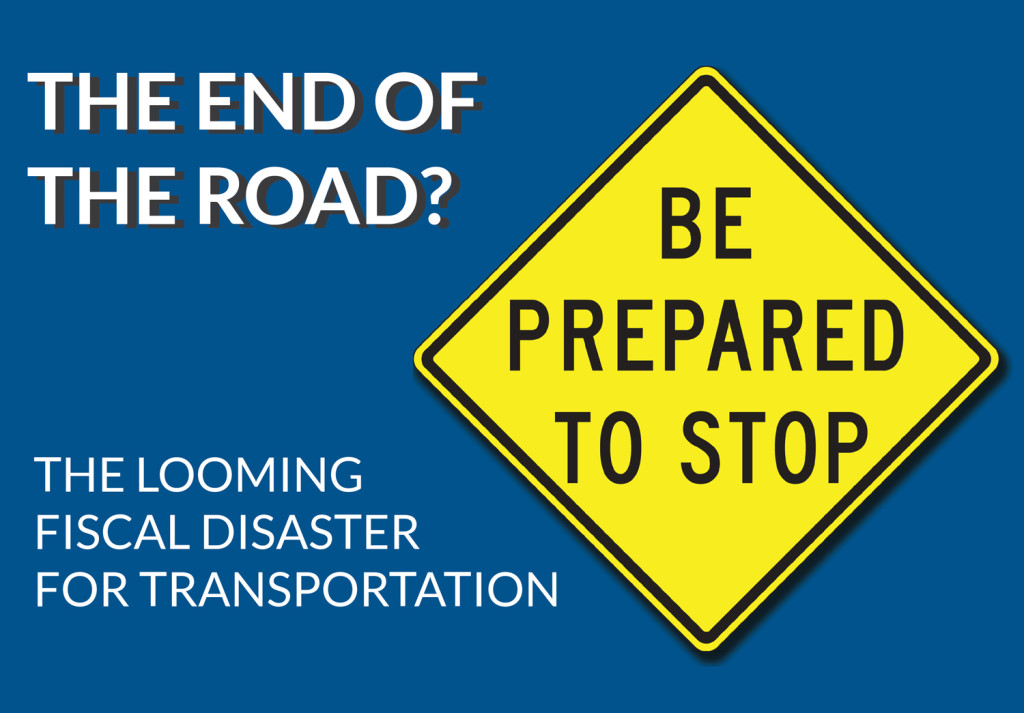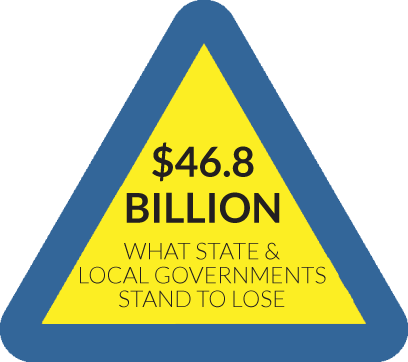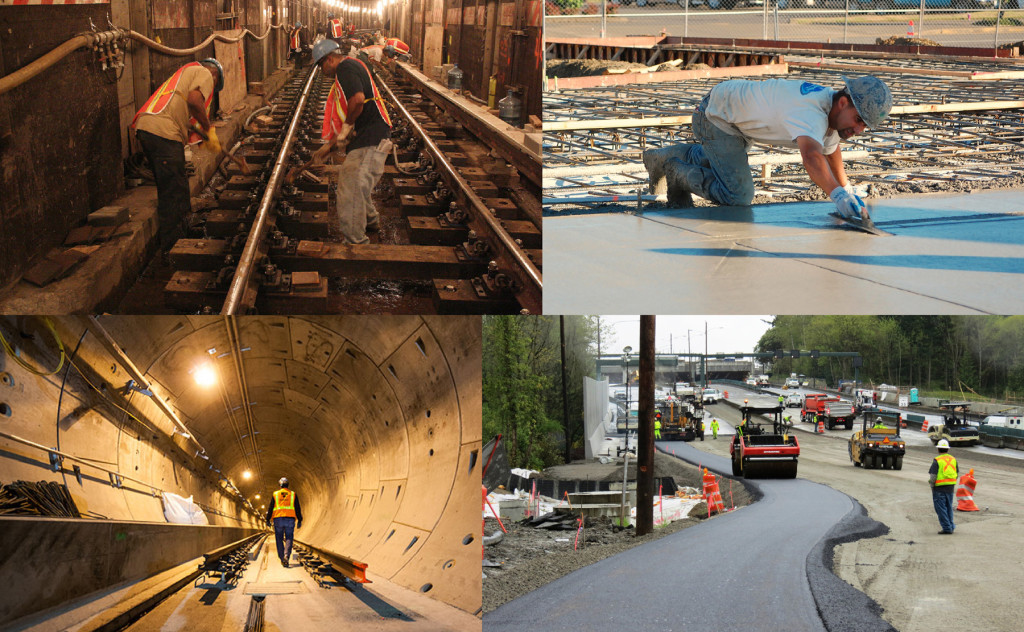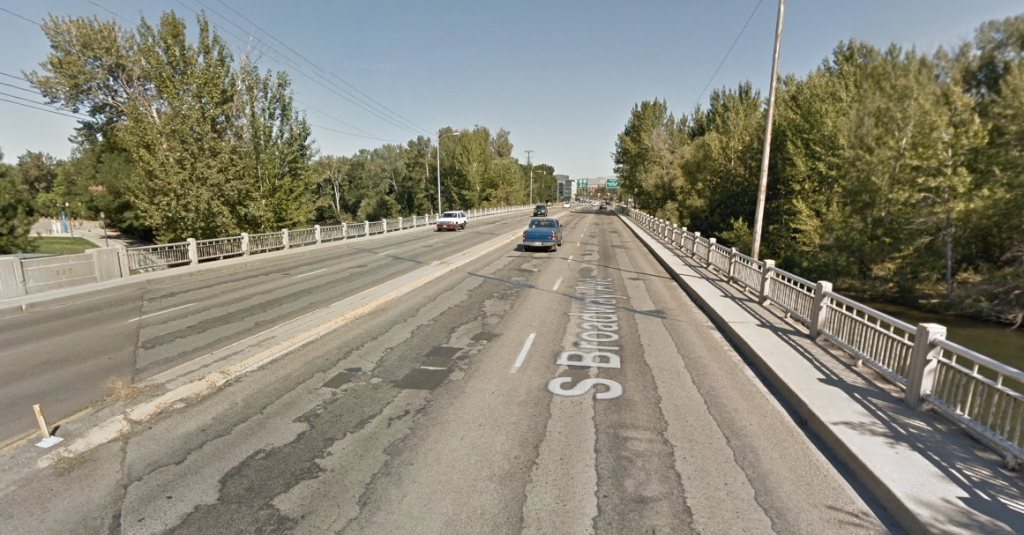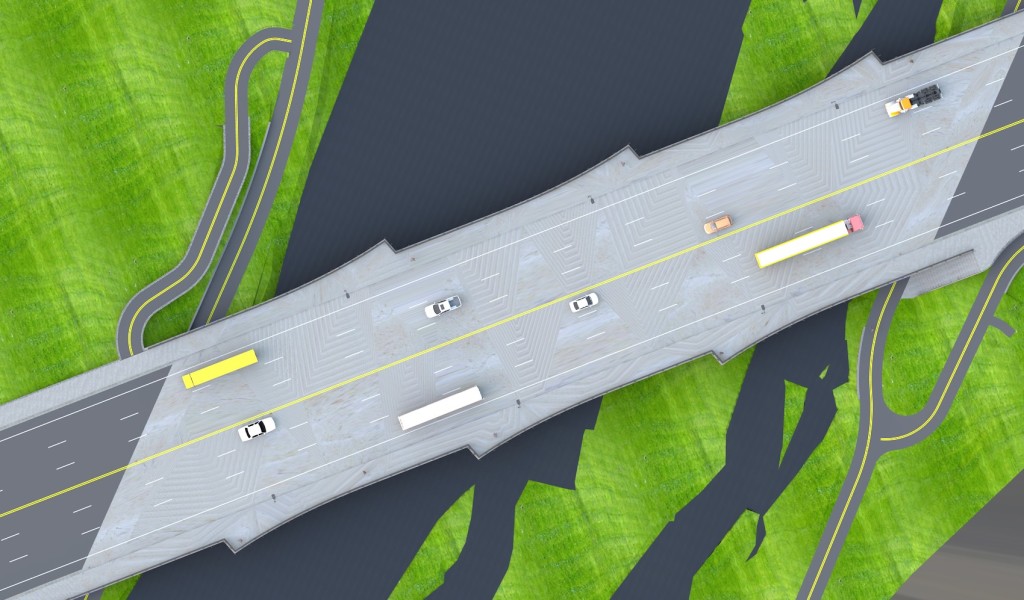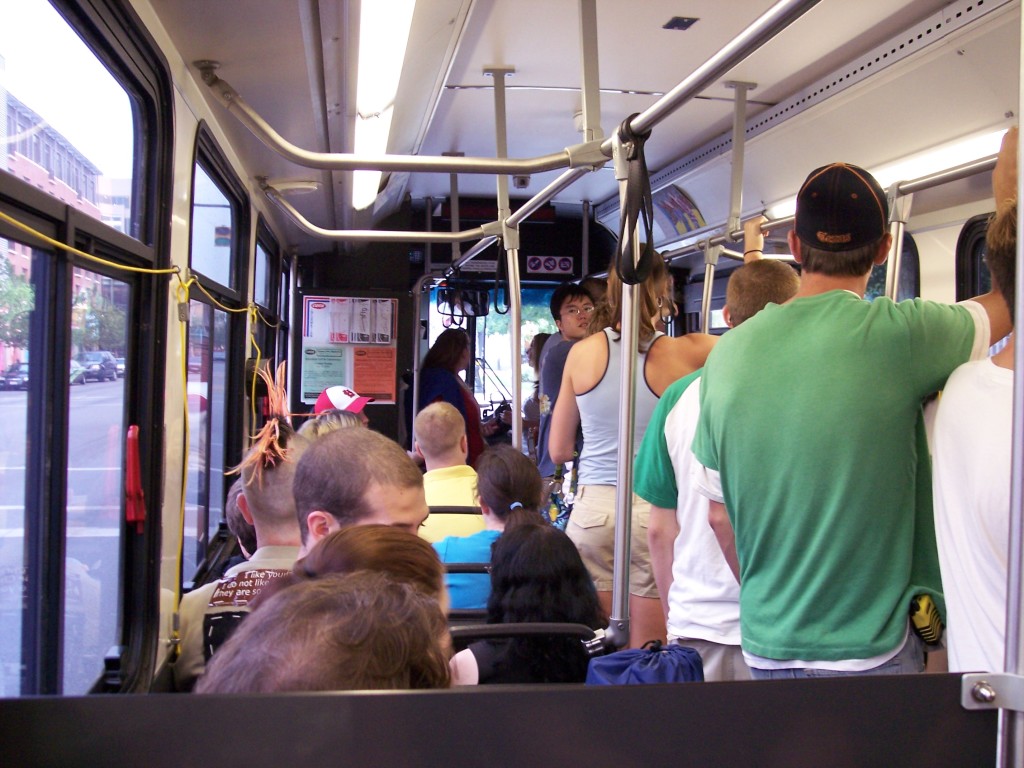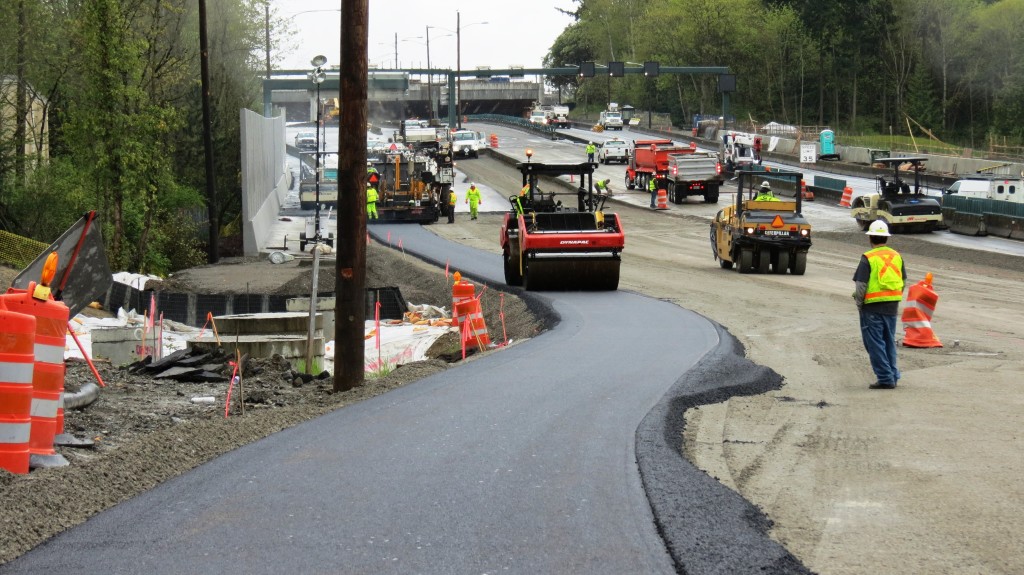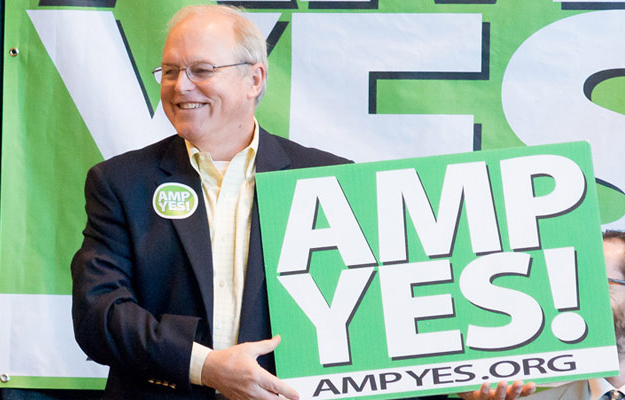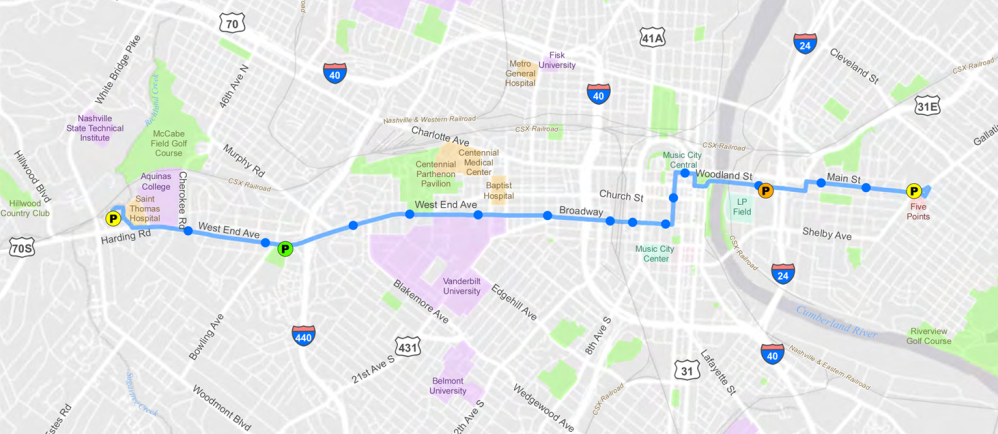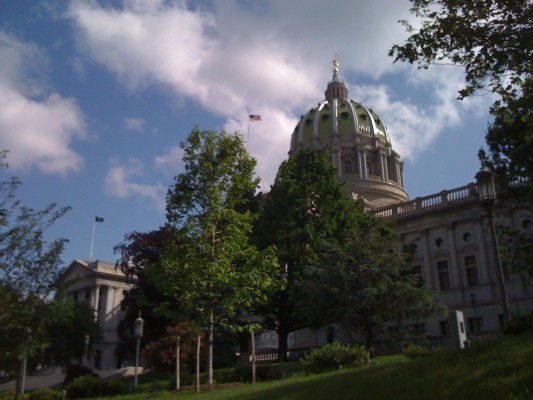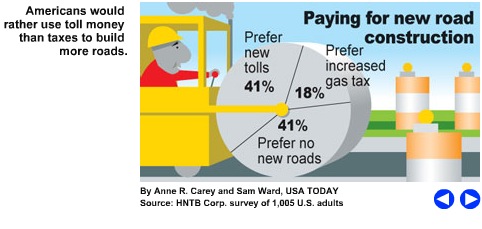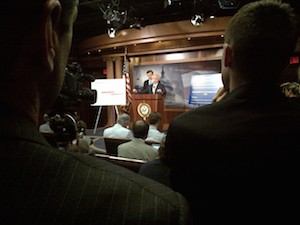
As soon as Senators Murphy and Corker introduced their bipartisan plan yesterday to raise the gas tax by 12 cents, supportive statements starting flowing in and media outlets quickly picked up the news.
The day before the news broke, USA Today’s full editorial board weighed in on the issue and offered their preferred solution for rescuing the nation’s transportation fund: “Raise the gas tax.” They couldn’t have thought they’d see action quite so soon, but the very next day, as we reported, Senator Murphy (D-CT) and Senator Corker (R-TN) responded with a proposal that would do exactly that, raising the gas tax 12 cents to help provide “the trust fund with the stable source of income it so desperately needs.” More from the editorial:
The best way to deal with declining gas tax revenue happens to be the simplest way: Raise the gas tax. … The days of higher fuel taxes being a “third rail” of politics (touch it and you die) are long gone. In recent years, seven states have either raised their own gas taxes or imposed other fees that raise revenue. The political fallout has been minimal.
The proposal quickly made headlines around the country, from the biggest papers down to local blogs. Here’s a quick look at just a few of the responses to the Senators’ leadership.
RollCall
Gas Tax Is Imperative to a Robust Highway Bill | Commentary
With federal highway funding about to run dry this summer, will Congress vote to increase the gasoline tax to refill the Highway Trust Fund? It seems a long shot, but a bipartisan agreement begins with two – and two senators have stepped forward.
The Business Journal
Ready for higher gasoline taxes? Road projects may come to a halt without it
The gasoline tax hasn’t been raised since 1993, so maybe it’s time for an update. Plus, it seems fair to make users of the nation’s road pay for improvements. Congress has violated this principle for the past couple of years, taking $50 billion from the federal government’s general fund — thereby raising deficits — to make up for shortfalls in the Highway Trust Fund.
Washington Post
Bump at the pump? Senators propose a 12-cent hike in federal gas tax
A bipartisan Senate proposal emerged Wednesday to rescue beleaguered federal transportation funding by raising the tax on gasoline by 12 cents a gallon.
Streetsblog USA
Senators Murphy (D) and Corker (R) Propose 12-Cent Gas Tax Increase
There are several proposals on the table to stave off the impending insolvency of the Highway Trust Fund (which pays for transit, biking, and walking projects too) in two months. Just now, two senators teamed up to announce one that might actually have a chance.
Associated Press
SENATORS PROPOSE 12-CENT GAS TAX INCREASE
Two senators unveiled a bipartisan plan Wednesday to raise federal gasoline and diesel taxes for the first time in more than two decades, pitching the proposal as a solution to Congress’ struggle to pay for highway and transit programs.
CBS News
A bipartisan push for higher gasoline taxes
The timing might seem a bit dubious, considering it’s the height of the U.S. driving season, and Americans are dealing with both geopolitical turmoil and the upcoming midterm elections.
MSNBC
A Republican who’s willing to raise the gas tax
To fix America’s crumbling roads and bridges, Tennessee GOP Sen. Bob Corker says he’s willing to do what’s become unthinkable for most congressional Republicans: raise taxes.
WBBJ Eyewitness News Channel 7 (Jackson, TN)
Corker proposes increase to gas tax
For the first time in more than two decades, federal taxes on gasoline and diesel could be raised.
Johnson City Press/Kingsport Time News (TN)
Corker proposes higher fuel tax to pay for repairs to highway infrastructure
U.S. Sen. Bob Corker pitched his legislation Wednesday to fix up the nation’s highway infrastructure by raising federal fuel taxes by six cents twice in the next two years and paying for the hike with provisions in the so-called “tax extenders” bill.
Chattanooga Times Free Press (TN)
Bob Corker eyes 12 cent gas tax to help shore up federal road funds
U.S. Sen. Bob Corker, R-Tenn., on Thursday proposed a bipartisan plan to raise federal gas and diesel taxes for the first time in more than two decades as an answer to long-standing funding woes threatening to stall the nation’s highway, bridge and transit programs.
The Daily Times (Blount County, TN)
Sen. Bob Corker pitches gas tax hike
Tennessee Sen. Bob Corker is part of a bipartisan plan to raise the federal gas tax by 12 cents over the next two years.
Laborers’ International Union of North America
“It’s Time to End the Pothole Penalty”
LIUNA applauds Sens. Murphy and Corker for their continued bi-partisan progress in the U.S. Senate to make our roads and bridges safer and strengthen our economy by addressing the failing Highway Trust Fund with a long-term, full-investment solution.




